8th May: China announced in October 2015 that a new village, named Gyalaphug in Tibetan or Jieluobu in Chinese, had been built in the Tibet Autonomous Region’s south (TAR). Wu Yingjie, the TAR Communist Party secretary, moved over two passes, both over 14,000 feet high, on his way to visit the new village in April 2020. There, he instructed the Tibetan residents to “plant roots like Kalsang flowers in the snowy borderland” and “lift the bright five-star red flag high.”
Wu had crossed an international border with a posse of politicians, cops, and journalists. They were in a 232-square-mile region claimed by China since the early 1980s but regarded as part of the Lhuntse district in northern Bhutan by the international community. The Chinese officials were in Bhutan to celebrate their success in planting settlers, security forces, and military facilities within the territory that are globally and traditionally recognized as Bhutanese, which went unnoticed by the rest of the world.
This new construction is part of Chinese President Xi Jinping’s big push to fortify the Tibetan borderlands, which began in 2017, marking a drastic increase in China’s long-running attempts to outmaneuver India and its neighbors along their Himalayan borders.
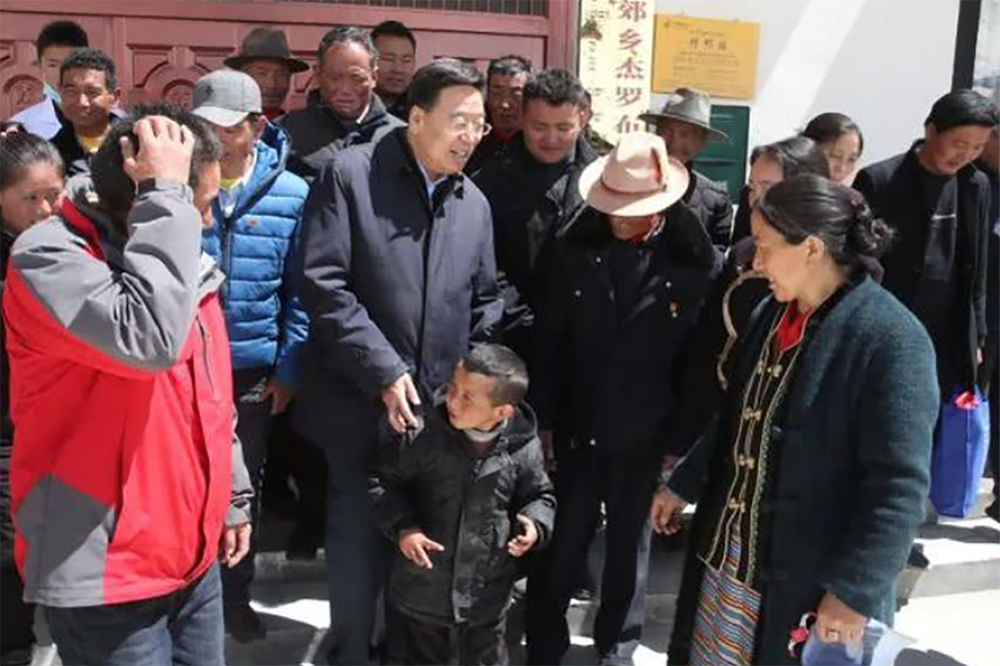
China does not need the land it is settling in Bhutan: its aim is to compel the Bhutanese government to cede territory that Beijing desires elsewhere in Bhutan in order to give Beijing a military advantage in its conflict with New Delhi. Gyalaphug is now one of three new villages (two already occupied, one under construction), 66 miles of new roads, a small hydropower station, two Communist Party administrative centers, a communications base, a disaster relief warehouse, five military or police outposts, and what are believed to be a major signals tower, a satellite receiving station, a military base, and up to six security sites and outposts that China has constructed in what it says are parts of Lhodrak in the TAR but which in fact are in the far north of Bhutan.
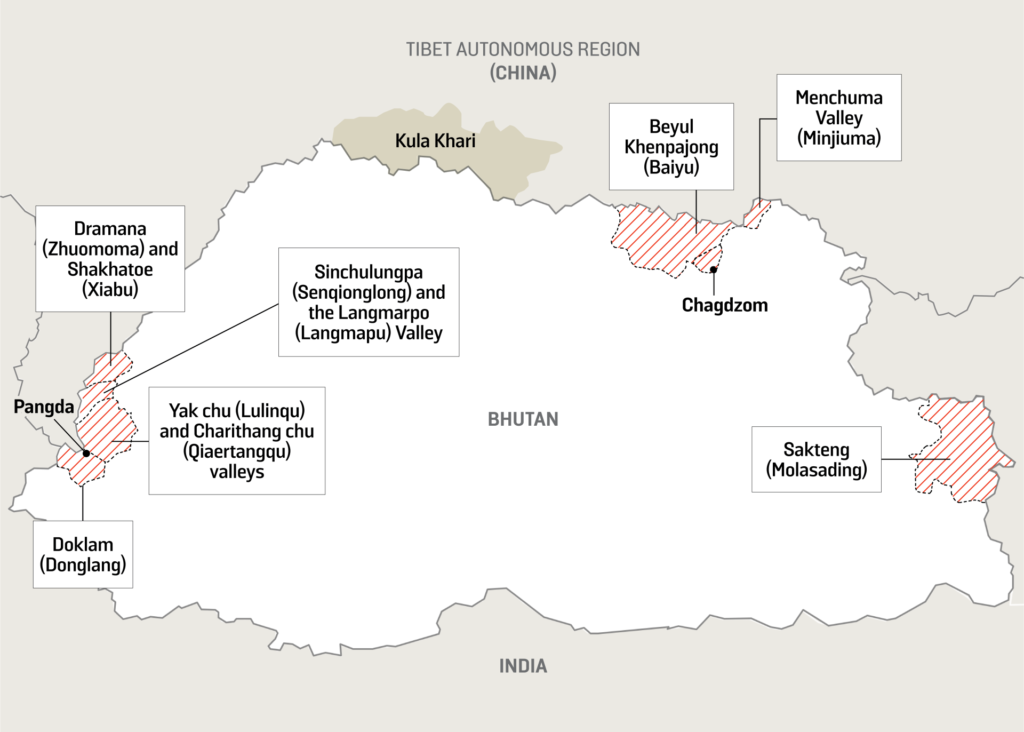
This entails a more provocative approach than China has used in the past along its land boundaries. The settlement of an entire region within another nation is a far cry from the forward patrolling and sporadic road-building that led to the 1962 war with India, military conflicts in 1967 and 1987, and the deaths of 24 Chinese and Indian soldiers in 2020.
Furthermore, it is a flagrant violation of the terms of China’s founding treaty with Bhutan. It also ignores decades of Bhutanese protests to Beijing over much smaller infractions along the border.
Picture Courtesy: foreignpolicy.com

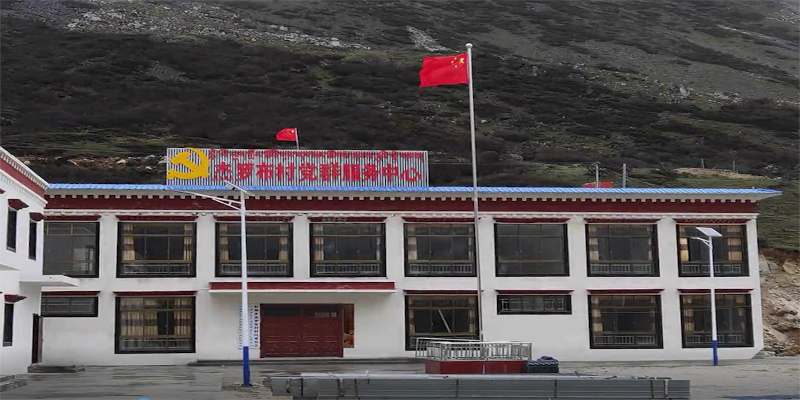
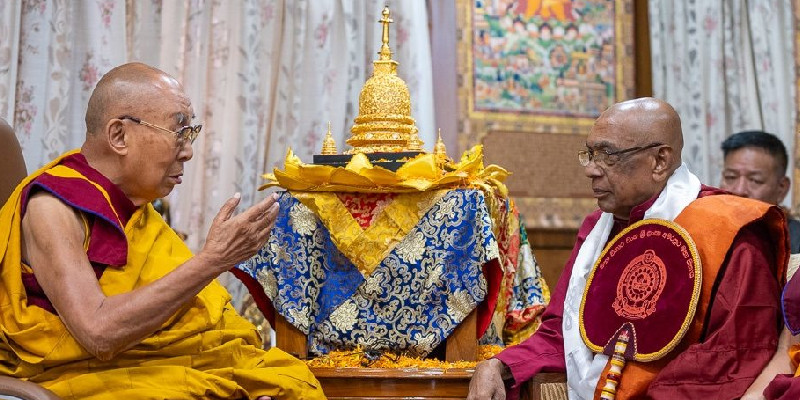
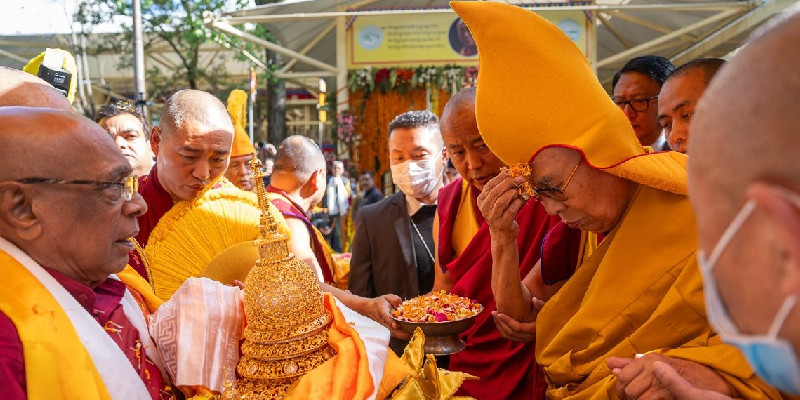


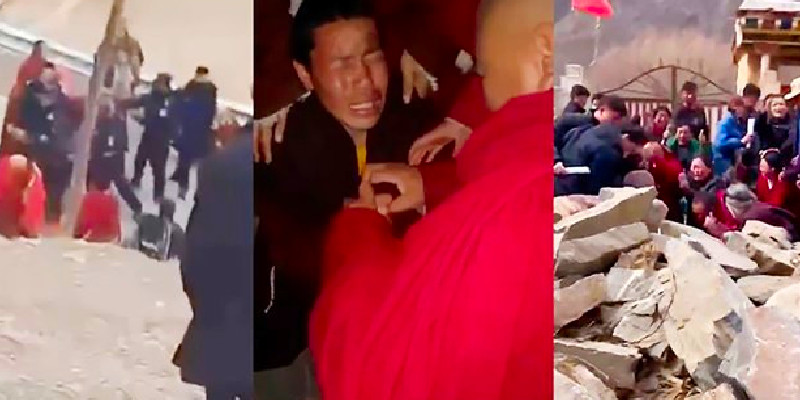
Leave a Reply